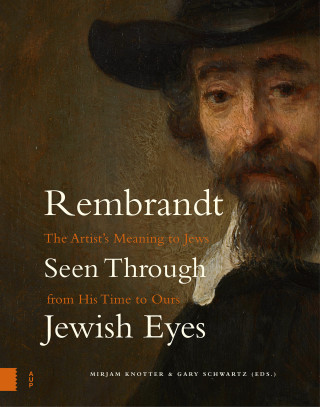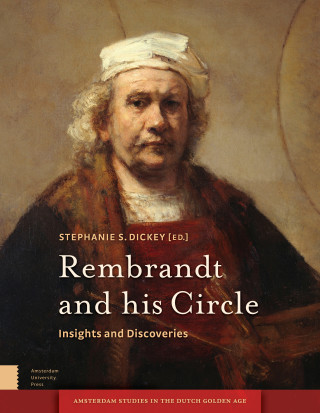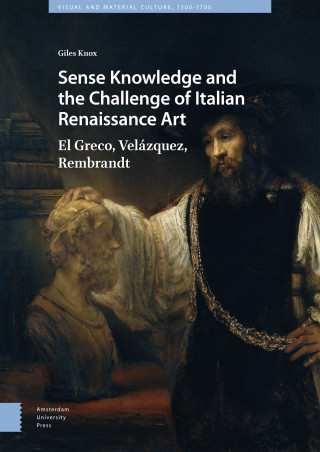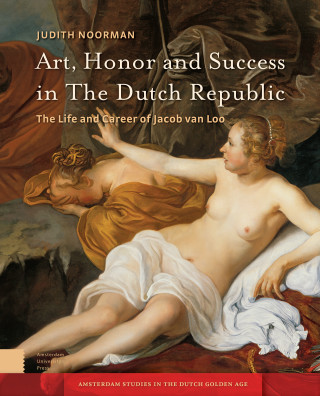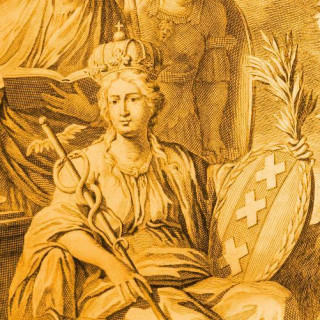
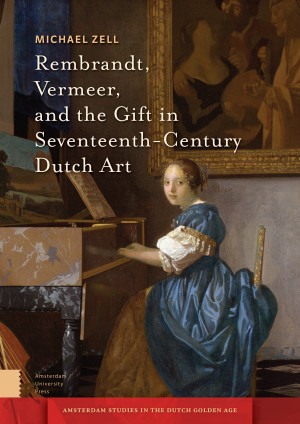
- Title
- Rembrandt, Vermeer, and the Gift in Seventeenth-Century Dutch Art
- Author
- Michael Zell
- Price
- € 171,00 excl. VAT
- ISBN
- 9789463726429
- Format
- Hardback
- Number of pages
- 508
- Language
- English
- Publication date
- 09 - 08 - 2021
- Dimensions
- 17 x 24 cm
- Partner

- Discipline
- History, Art History, and Archaeology
- Preview
- Download Preview
- Also available as
- eBook PDF - € 170,99
llustrations
Acknowledgments
Introduction
1. The Gift and Art in Early Modernity
2. Art as Gift in the Dutch Republic
3. Rembrandt’s Art as Gift
4. Art and Leisure: Amateur Artists, Rembrandt, and Landscape Representation
5. For the Love of Art: Vermeer and the Poetics of the Gift
Conclusion
Bibliography
Index
Acknowledgments
Introduction
1. The Gift and Art in Early Modernity
2. Art as Gift in the Dutch Republic
3. Rembrandt’s Art as Gift
4. Art and Leisure: Amateur Artists, Rembrandt, and Landscape Representation
5. For the Love of Art: Vermeer and the Poetics of the Gift
Conclusion
Bibliography
Index
Michael Zell
Rembrandt, Vermeer, and the Gift in Seventeenth-Century Dutch Art
Rembrandt, Vermeer, and the Gift in Seventeenth-Century Dutch Art offers a new perspective on the art of the Dutch Golden Age by exploring the interaction between the gift's symbolic economy of reciprocity and obligation and the artistic culture of early modern Holland. Gifts of art were pervasive in seventeenth-century Europe, and many Dutch artists, like their counterparts elsewhere, embraced gift giving to cultivate relations with patrons, art lovers, and other members of their social networks. Rembrandt also created distinctive works to function within a context of gift exchange, and both Rembrandt and Vermeer engaged the ethics of the gift to identify their creative labor as motivated by what contemporaries called a "love of art," not materialistic gain. In the merchant republic’s vibrant market for art, networks of gift relations and the anti-economic rhetoric of the gift mingled with the growing dimension of commerce, revealing a unique chapter in the interconnected history of gift giving and art making.
Author
Michael Zell
Michael Zell is Associate Professor of Art History at Boston University. He is the author of Reframing Rembrandt: Jews and the Christian Image in Seventeenth-Century Amsterdam (2002), and co-editor of Rethinking Rembrandt (2002) and 'Ut pictura amor': The Reflexive Imagery of Love in Artistic Theory and Practice, 1500-1700 (2017).

